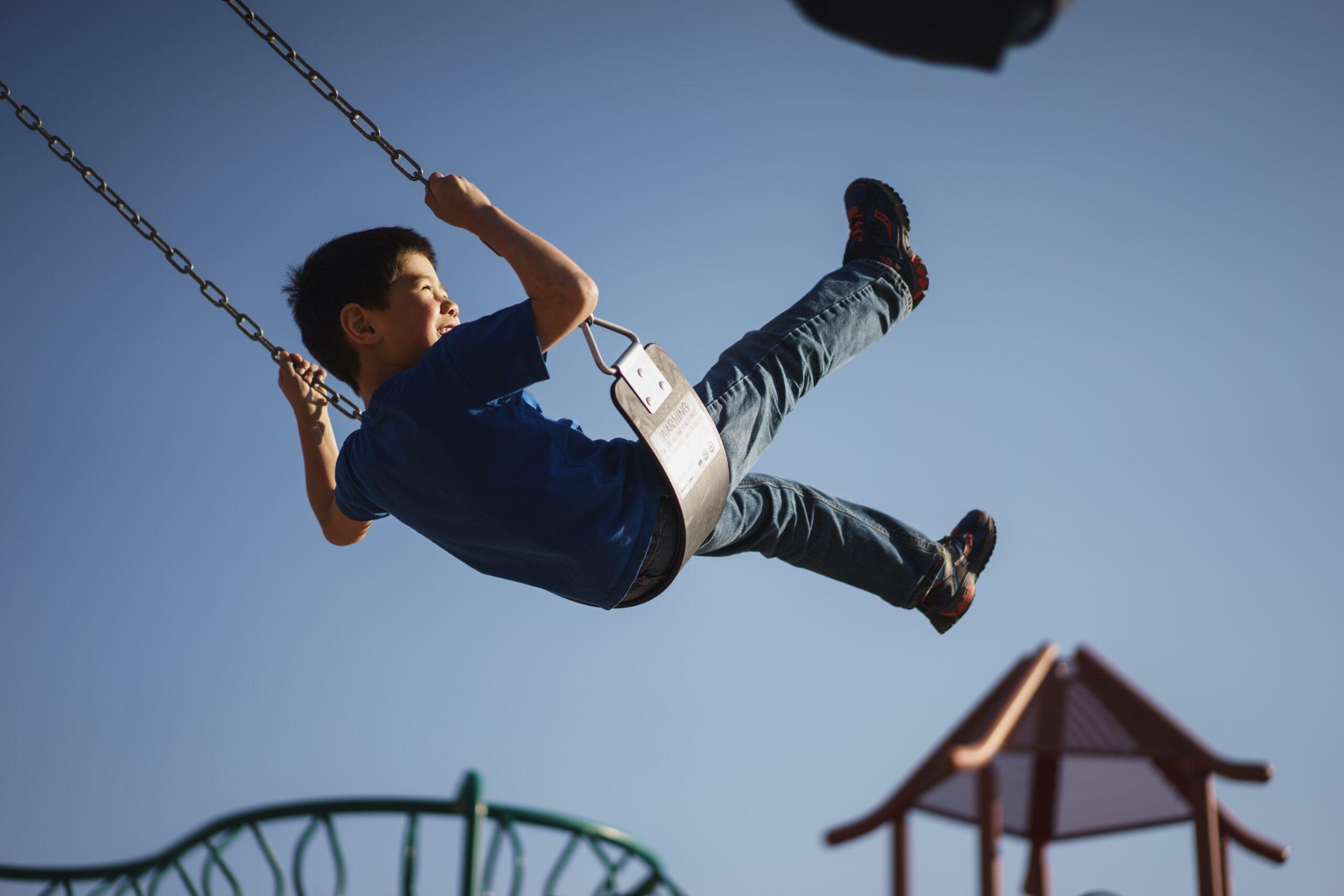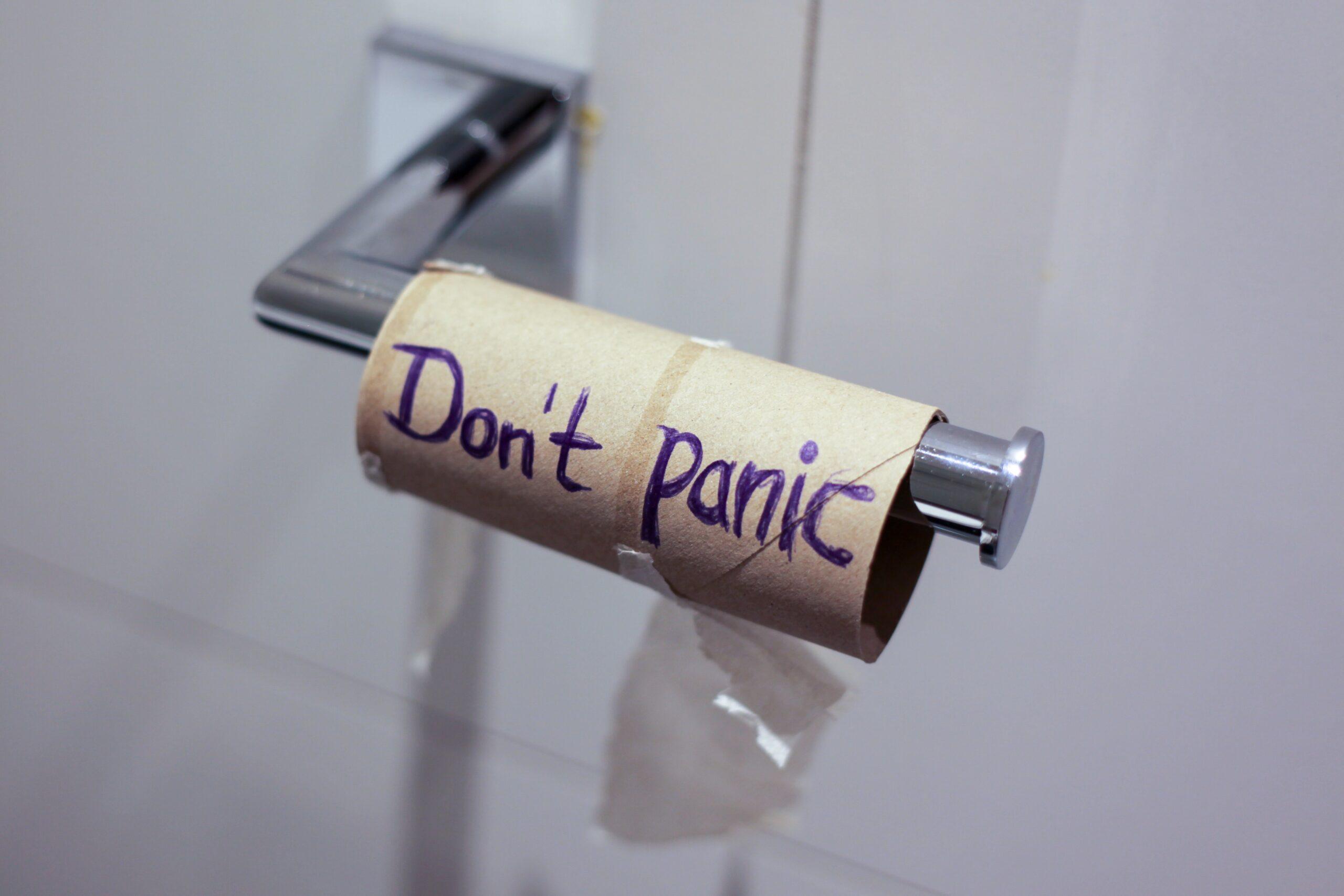If you’ve got a little boy, then you’re not alone in feeling slightly nervous about starting potty training. Boys are known to take longer, learn later and have more problems toilet training than girls. But if you if you know what you’re doing, then it is easy to gently guide your son through potty training and leave the diapers behind within a couple of weeks. Here’s how.
When To Start Training
On average, most boys aren’t physically ready to be potty trained until they are about 2½. With girls, it’s a few months earlier. As it’s crucial that your son is ready, confirm the following guidelines before you begin.
- He is able to sit, stand and walk confidently.
- He stays dry for around three hours (this indicates his bladder muscles are developed enough).
- He is aware he is weeing or pooping— perhaps he announces it or stops playing and squats.
- He’s enthusiastic about sitting on a potty.
How To Begin
It’s better to teach your son to wee sitting down rather than standing up because it requires less skill. Also, little boys don’t know if they are about to pee or poop so it’s easier to get them sitting on the potty as soon as they realize that something is about to happen. Besides, boys often pee and poop at the same time (this continues throughout their lives), making it important that they learn to wee while sitting down.
On day one, confirm that your little boy is happy to take his diaper off and put on big boy underpants instead. If your son agrees, then go ahead. If he refuses, simply say, “OK, maybe another day.” It’s essential that your son feels in charge of potty training or he could become stressed about it. Never rush him.
When your son agrees to wearing a variation of underwear for little boys, show him where the potty is and give him a drink. After about 20 minutes, suggest that he tries sitting on the potty. Give your son lots of praise just for sitting, then ask if he needs to pee or poo. He’ll probably reply with a no, in which case continue playing together.
Suggest about every 30 minutes that your son sit on the potty— often this will annoy him. But don’t make your son sit for longer than 30 seconds as the introduction to the toilet seat will be uncomfortable. Remember, this isn’t about “catching” a wee or poop by chance; it’s about teaching your son to recognize when he needs to go to the bathroom.
After about a week, your son will likely be able to pee and poo in the potty (don’t worry if it takes longer). Once your son is able to use the potty, suggest that he try the toilet.
When He Refuses To Go
There will be times when your son refuses to sit on the potty. This could be his way of telling you he’s not ready. Therefore, give him another couple of months and start the process again. Don’t let toilet training become something you and your child argue about.
Perhaps, like many children, your son finds sitting on the toilet frightening. If this is the case, getting a child potty seat often helps. Most importantly, let your child continue using his potty until he feels brave enough to try the toilet.
Accidents
Your son will have plenty of accidents, during which your job is to stay calm and positive. When you see a puddle say, “Oh look, you’ve done a wee, and because you’re not wearing a diaper there’s a puddle on the floor.” Keep the whole thing fun and have dry pants and wipes ready, enabling you to clean up quickly. It’s crucial that your child doesn’t feel embarrassed or think he’s done anything wrong. This slows down his learning process.
Learning To Stand
If your son can watch dad do the deed, your son will probably start copying within a few days. And if you have to teach your son yourself and he’s slower to learn, don’t worry. When he starts nursery school and realizes the other boys are going potty in the toilet, he’ll likely follow suit.
Night Training
Lots of children make it through the night without a diaper a few months after they learn to remain dry during the day. When your son can hold on and wait a few minutes before peeing during the day, it’s a sign that he has good bladder control. He may then be able to go through the night sans a diaper. You may also notice that your son stays dry during his daytime nap, or perhaps he asks to make a pee-pee during the night.
Once you decide to give night training a go, it becomes a matter of try and see. If your son has more than three accidents a week then pop him back in night diapers. Protect your son’s dignity by explaining that his bladder isn’t big enough yet to cope at night, but that he can try again in a couple of months.
But some children won’t stay dry at night until they are 6 years old simply because their bodies aren’t mature enough. This is normal and nothing to worry about.




